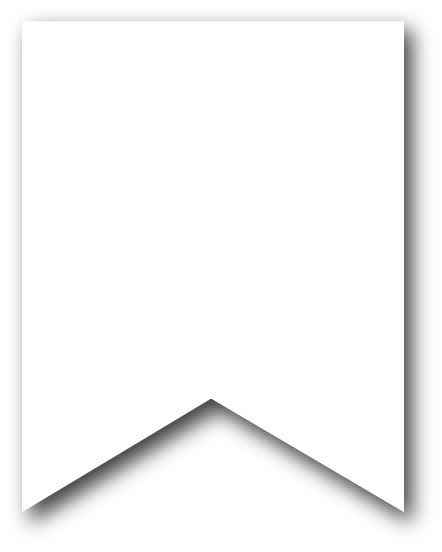May marks National Clean Air Month. Clean air is needed for healthy lungs. However, there are harmful pollutants in the air that can negatively impact the lungs and other parts of our bodies.
Smokefree housing is one way to can improve air quality. It isn’t the only way to do so. This post will provide some basics on other pollutants and resources if you want to learn more.
Why Clean Air Matters?1
Air pollution, whether it’s indoor or outdoor, can:
- Shape how kids’ lungs develop
- Can lead to lung diseases, like emphysema, asthma, and COPD
- Lead to some cancers, such as breast, lung, and non-Hodgkin’s Lymphoma
- Impact cardiovascular health, such as impair blood vessel function and lead to hemorrhagic stroke
Source: American Lung Association (Clean Air | American Lung Association)
Clean Air Indoors2
People spend about 90% of their time indoors. Indoor air pollutants tend to be more concentrated than outdoors. To provide good air quality indoors, there’s two general ways to do so. They are:
- Ventilation: buildings need to breathe, just like people. Basically, outdoor air needs to be let in somehow. Think: opening the windows, spot ventilation (fans), and mechanical systems.
- Keep Known Sources of Air Pollution Out of the Building
Common Indoor Air Pollutants & Where They Can Come From
- Building Construction
- Asbestos
- Building and paint products
- Carpets
- Formaldehyde
- Lead
- Combustion, Gases, and Burning
- Residential Wood Burning
- Nitrogen Dioxide
- Carbon Dioxide
- Actions of Residents
- Secondhand Smoke
- Pet Dander
- Pests, like cockroaches and dust mites
- Particulate matter
- Bacteria and viruses
- Cleans supplies and household chemicals
- Volatile Organic Compounds
- Moisture and Water
- Floods and water damage
- Mold and dampness
- Outdoor Source Coming Indoors
- Radon
Ways to Protect Your Indoor Environments from Air Pollution
- Make your home, work, and/or school a smokefree zone. Smoke and vape outside and ask others to do the same.
- Test for radon. It’s colorless and odorless and is the second leading cause of lung cancer.
- Avoid burning wood
- Keep humidity levels under 50%. Dehumidifier and air conditioners may be helpful.
- Fix all leaks and drips.
- Put away food, cover trash, and use bait to control pests.
- Don’t hide odors with candles or fragrances. Figure out the cause and address that issue.
- Use less toxic options of cleaning, household, and hobby products. Painting is one hobby that can benefit from less toxic options.
- Working with hazardous materials?
- Be aware of the hazards and safe handling procedures for them.
- Finds ways to minimize them as much as possible, such as using nontoxic alternatives or enclose the process or containers where the chemical is being used.
- Wear appropriate protective equipment.
Source: American Lung Association (Climate Change | American Lung Association)
Clean Air Outdoors3
Common Outdoor Air Pollutants
- Ozone (smog): one of the least well-controlled pollutants in the U.S
- Particulate Matter: can be found indoors as well because it is associated with secondhand smoke (marijuana and cigarette) and aerosol
- Nitrogen Dioxide: gas from burning fuels. Those living near highways may be more exposed.
- Sulfur Dioxide: Forms when sulfur-containing fuel (coal, oil, diesel) is burned. Those near ports and power plants may be more exposed.
- Carbon Monoxide: forms from burning fuels. High levels are often near roadways
- Toxic Air Pollutants: almost 200 other pollutants are emitted into air can cause diseases and cause other harmful effects
Sources of Outdoor Pollution
- Climate Change: warmer weather and weather events, like flooding, drought and wildfires, contribute to increased pollution
- Commercial and Industrial: emissions come from heating, cooling, and powering operations as well as manufacturing processes
- Electric Utilities: burning coal, natural gas, oil, and biomass produce air pollutants
- Emergencies and Natural Disasters: natural events can create unhealthy air
- Residential Sources: heating, cooling, and powering homes produce emissions
- Transportation: fuels and other aspects can increase air pollution
Check out 10 Tips To Protect Yourself from Unhealthy Air for some steps you can take to protect yourself.
Source: CDC’s Get the Facts on Radon (Get the Facts on Radon | NCEH | CDC)
I Want to Learn More
Webpages
- State of the Air: Learn more about how states and communities are doing on certain air quality measures. Anchorage, the Denali Borough, Juneau, Fairbanks, and Matsu Borough received at least one grade.
- Clean Air at School: Find out why air quality is important at schools, ways to improve air quality, and activities for kids
- Clean Air at Work: Learn ways to identify potential issues at work, preventing poor air quality, and cleaning up air at work
- Clean Air at Home: Learn more about maintaining good air quality at home
- Climate Change: Find out how climate change can impact lung health
- Emergencies & Natural Disasters: learn about ways to prepare for unexpected events and how they can impact lung health
Webinars
- Radon Basics: free, 1-hour on-demand webinar on radon. Radon is the second lead cause of lung cancer.
- Smokefree Policies in Multiunit Housing: free, on demand course on how to successfully implement smokefree housing policies in multiunit housing
- Webinars | Unbreathable: Recordings from the Clean Air for All: 50 Years of the Clean Air Act Symposium. The event took place in September, 2020.
Radon
- Radon in Alaska: find out about radon in Alaska. You can submit radon test results for the Alaska Radon Map as well as get a free test during Radon Action Month in January.
- National Radon Program: low-cost radon tests available year round
- American Lung Association Radon: find out more info about radon as well as order low-cost tests.
References



